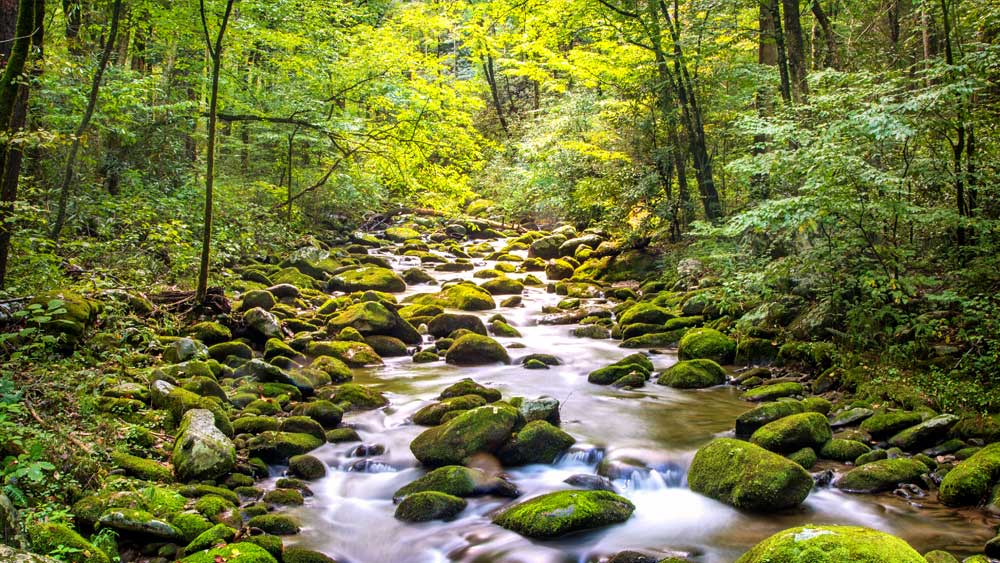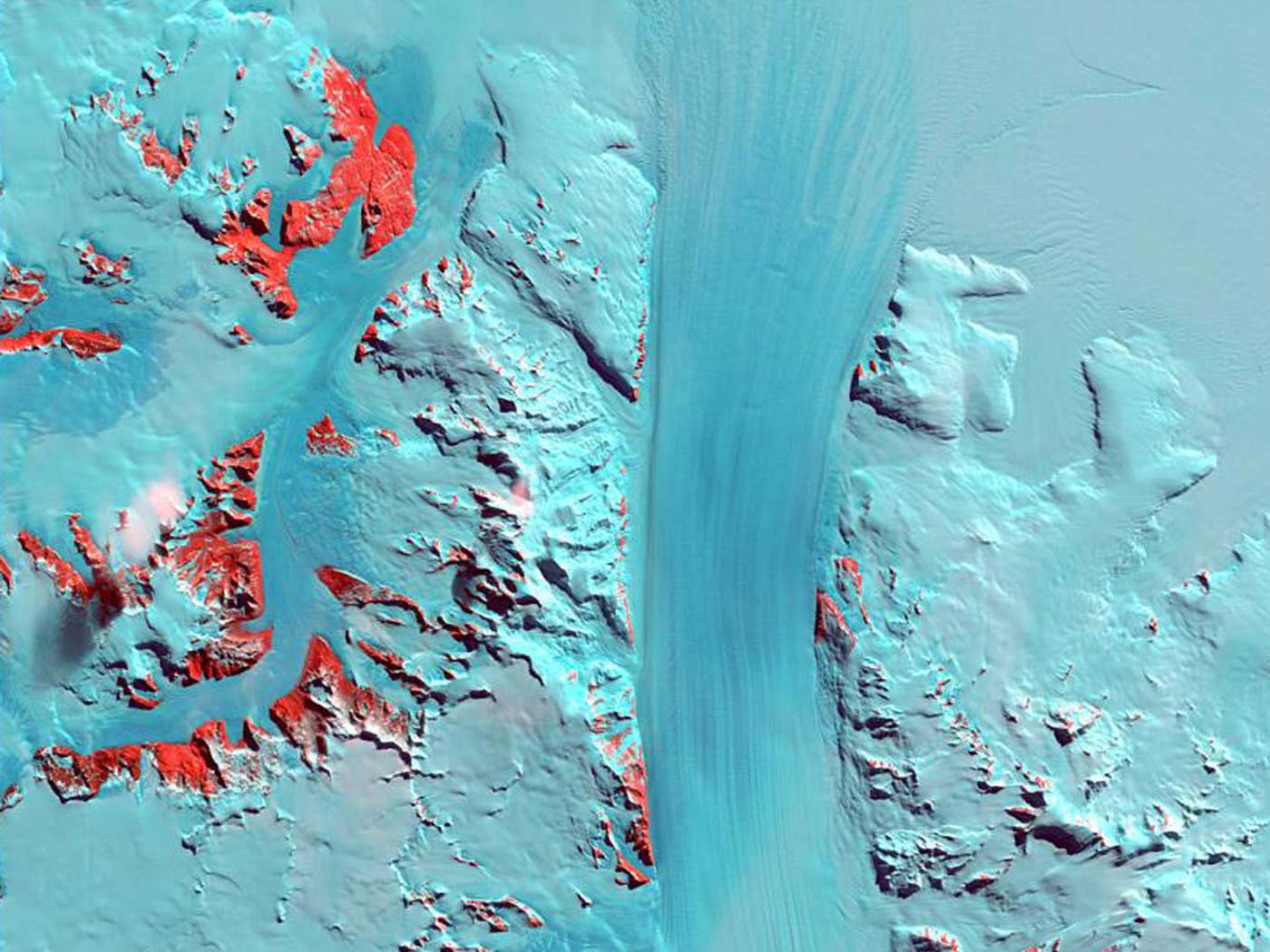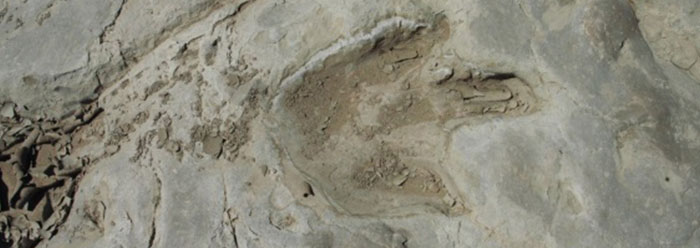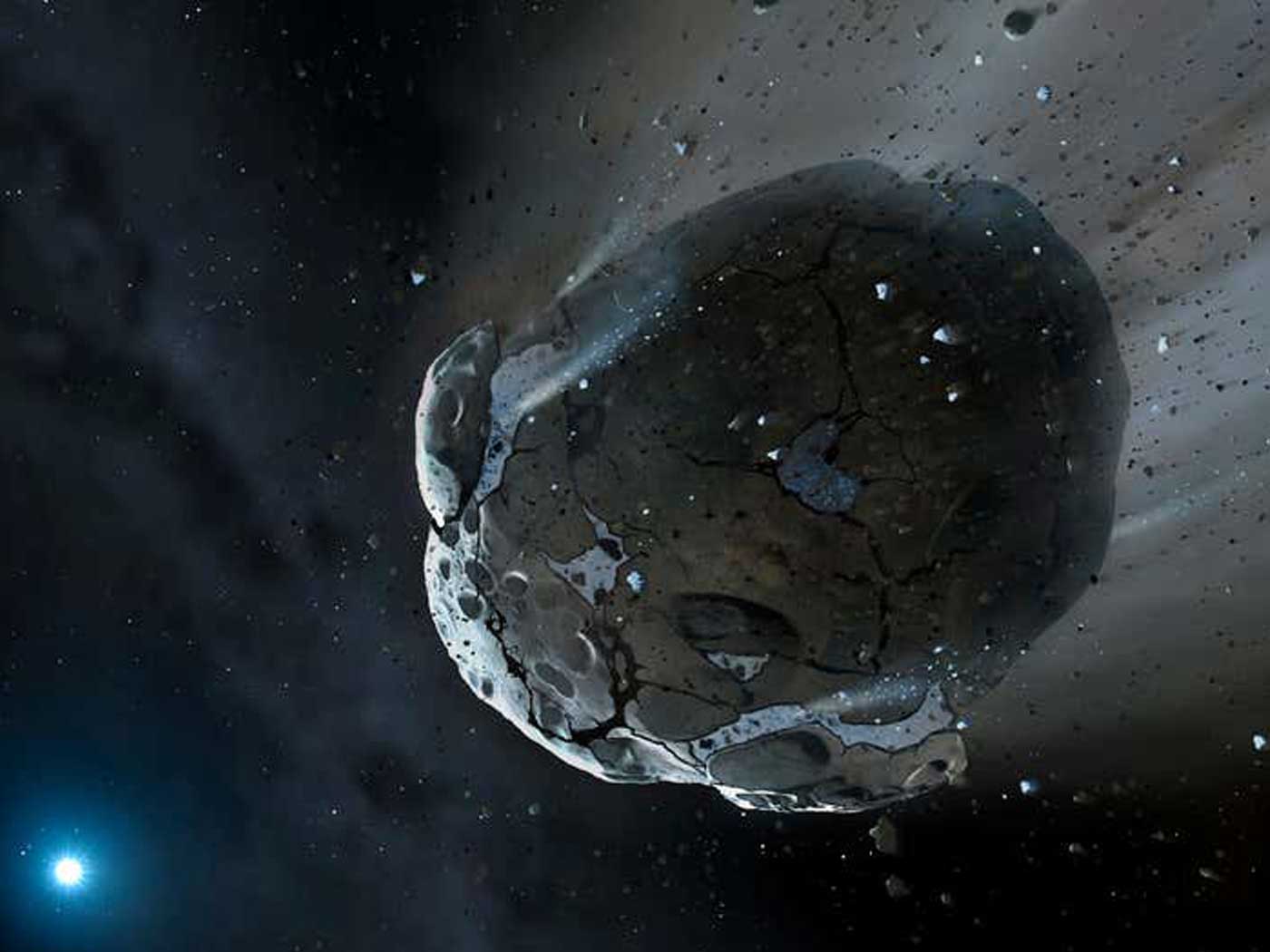Lead author Åsa Horgby, of the Stream Biofilm and Ecosystem Research Laboratory at École Polytechnique Fédérale de Lausanne (EPFL) in Lausanne, Switzerland, and co-authors found that mountain streams release 184 million US tons of carbon globally each year.1 This is roughly the same as the total global output of CO2 from all tropical streams and their floodplains, yet mountain streams cover much less surface area.1
Horgby said, “Mountain streams may represent 10%–30% of the total flux from streams and rivers. They represent just 5% of the surface area of streams and rivers.”2
Prior to this study, the global contribution of CO2 from mountain streams was thought to be rather miniscule. But this report demonstrates a major contributor of CO2 to our atmosphere comes from streams exiting the mountains of the world.
Tom Battin, head of the Stream Biofilm and Ecosystem Research Laboratory, said “If you have a Coca Cola bottle and you shake it, for example, you get a higher flux. And this is what’s happening in mountain streams.”2
In fact, the researchers found that the release of CO2 from the mountain streams globally rivals the volume absorbed by the ocean annually. Battin added,
When you take all of the inland waters—streams, rivers, lakes, etc.—we think that they emit as much CO2 per year as the oceans globally absorb per year. The fluxes, although in different directions, are the same order of magnitude. For the ocean, it’s something like 2.5 gigatons of carbon per year. For the inland waters it’s between 2–3 gigatons.2
So where does all this carbon come from? Many mountain streams originate in high-elevation areas above the tree line where little CO2 is produced by decomposition of plants. The authors suggest that the high amounts of CO2 in mountain streams may instead come from the weathering of nearby carbonate-rich rocks, soil, and even the groundwater.1
Many of us claim, that streams and rivers and lakes emit lots of CO2 into the atmosphere and therefore they are major players in the global carbon cycle. Now we understand more and more that especially for the high-mountain streams, most of that CO2 is from the catchment, not from the stream itself.2
This study suggests that there may be many other, previously unaccounted for, sources of CO2 that climate researchers have not included in their models. Focusing too much on anthropogenic contributions alone leaves major pieces out of the total carbon equation. God put a lot of checks and balances into the Earth’s global carbon system. Mountain streams are now known to play a major role in this balance. We can be thankful that God created such a wonderful, balanced climate for us to live in.
References
1. Horgby, Å. et al. 2019. Unexpected large evasion fluxes of carbon dioxide from turbulent streams draining the world’s mountains. Nature Communications. 10: 4888.
2. Cartier, K. M. S. Mountain streams exhale more than their share of CO2. Eos: Hydrology, Cryosphere & Earth Science. Posted on eos.org April 20, 2020, accessed April 23, 2020.
*Dr. Clarey is Research Associate at the Institute for Creation Research and earned his doctorate in geology from Western Michigan University.































